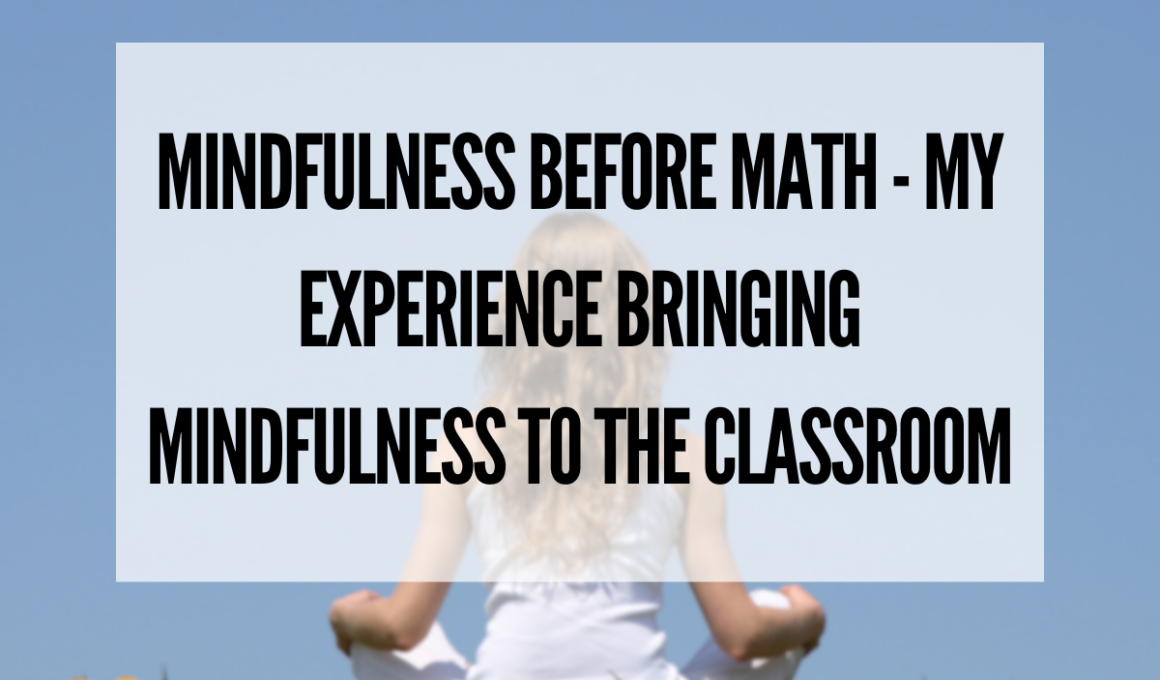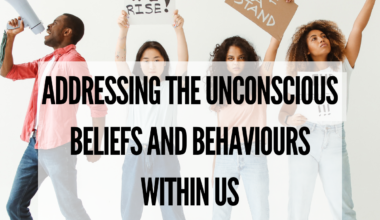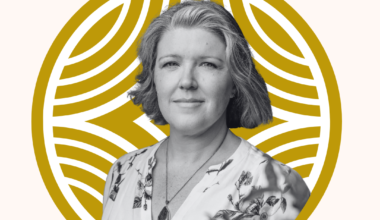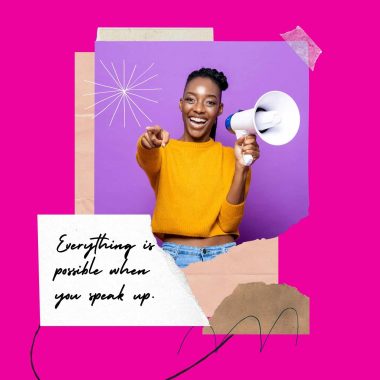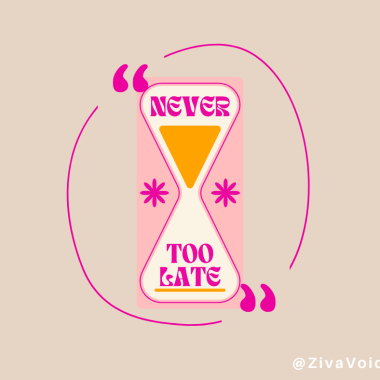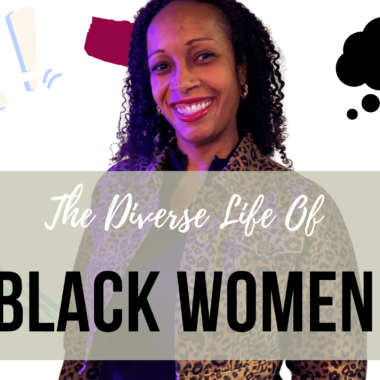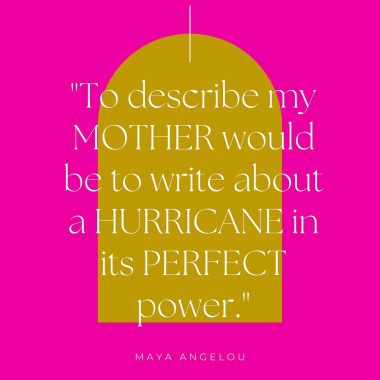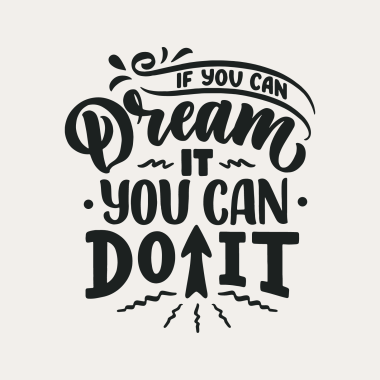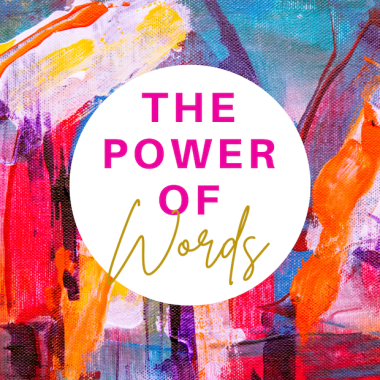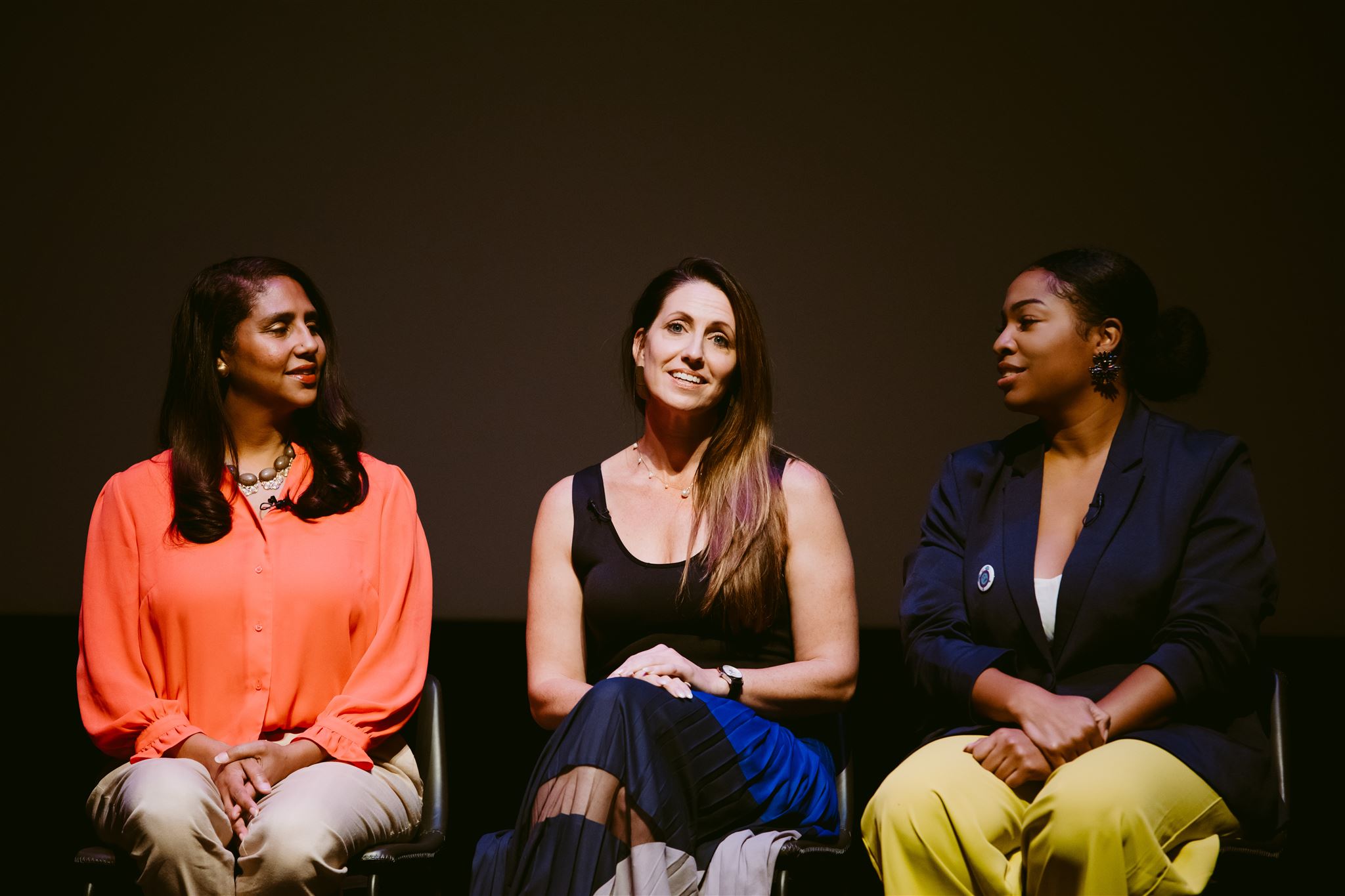By Sarah Hanrahan, MAT
Table of Contents
In 2014, I began my elementary teaching career with a completely different mindset about public education than I have now, 10 years later. I didn’t know then that I would soon put my passion into mindfulness programming to support my traumatized students and colleagues.
I didn’t know then that I would soon put my passion into mindfulness programming to support my traumatized students and colleagues.
I was fortunate to start teaching at a Title I, high-needs school in Lexington, Kentucky – Mary Todd Elementary. Many families in the Mary Todd community do without many basic needs that I often take for granted, like a clean home, plenty of healthy food, reliable transportation, job security, and loving familial support. I felt like I could make a real difference in a school like that, and I’d like to think that the impact I made there is my greatest career achievement.
As a new teacher, I often felt unequipped to help students with explosive behaviors. I didn’t yet have training in trauma-informed practices, Adverse Childhood Experiences (ACES), or most relevantly, mindfulness and movement in the classroom.
My first year of teaching, I had 7 students (who I vividly remember) who had never received any intervention to address their sometimes dangerous behavior in the classroom.
I hardly got to teach because I was constantly clearing my room of students to keep them safe from flying pencils, books, chairs, and desks. Even my school leaders struggled to support me, as I was not the only teacher with these behavior issues. There simply were not enough adults in the school to handle every student in need of support. Even before becoming a teacher, I was a casual yoga student, primarily for physical health purposes. I wanted to bring this to my colleagues at Mary Todd as a stress relief tool and an opportunity to bond over our stressful jobs. I quickly became the ‘yoga expert’ in our school, and I eventually incorporated short meditations and movement in my classroom. This was the very beginning of my realization that everyone, including me, needed a break from the demands of the classroom and becoming mindful and present with my students gave us just that.
THE PANDEMIC
Fast forward to 2020, which we all know was the year that changed us forever. All of a sudden I was teaching through a computer screen, barely seeing any of my students because, come on, what 2nd grader can consistently get themselves on a computer for hours a day?
Especially the students who were home with several siblings, often without parents because they had to be at work, even through a global pandemic. My mind was exploding with fear for my students, their mental health, and what this collective trauma would do to our school once (if ever) we returned. In my search to find answers and support, I became a trauma-informed children’s yoga teacher; I got Reiki certified and leaned hard into mindfulness for educators. I was ignited. I quickly developed a plan and sought guidance from my school leadership. I wanted to implement a school-wide mindfulness program for our students once we returned in person. I knew that we couldn’t just show up like usual, without mental health at the forefront of, well… everything.
EXPANDING THE WORK
After talking with district leaders, I was given a small grant from a corporate sponsor to carry out this work in my school. I became a full-time mindfulness and movement teacher and provided whole group classes based on mindful movement, self-awareness, and emotional regulation. I also guided individual students through tough moments in a room that was completely dedicated to peace and healing.
The next year, ESSER funding (Federal COVID relief funding) allowed us to grow the program to 4 additional elementary schools for two years. Through this additional support, each school was slowly shifting their culture and climate. With such a simple concept, thousands of people were living healthier school days and, in turn, were able to learn more peacefully and effectively. Everyone who heard about this said things like “I wish I had something like that when I was young” and “This is SO needed” and “Why can’t EVERY school have this?”.
With such a simple concept, thousands of people were living healthier school days and, in turn, were able to learn more peacefully and effectively.
I’m hopeful that soon, mindfulness/ wellness/ regulation/ breathwork won’t be trendy words. They’ll just describe the way we live.
At the end of this school year, ESSER funding will cease and the school district does not currently have plans to continue the support in these 5 schools. However disheartening this is, all educators, parents, and students involved with the work greatly value the impact that was made. The data tells a very compelling story and that can’t be taken away. What I always try to remember is that these students and teachers won’t just forget how to regulate their emotions. They’ll be forever armed with breathing strategies, calming techniques, and ways in which they can simply feel better in this unpredictable, sometimes very scary, world. That thought fills my heart every day, and I’m hopeful that soon, mindfulness/ wellness/ regulation/ breathwork won’t be trendy words. They’ll just describe the way we live. I am now navigating a new business venture that will continue to offer mindfulness support to all community members.
The name I chose, “Practice,” is meant to represent what we are all doing, every day, to feel ‘better.’ We are practicing patience. We are practicing self-awareness. We are practicing peace.
A coach in middle school once told me that ‘Practice makes permanent, not perfect,’ and I believe that what we practice truly becomes who we are. So my great hope is to support anyone who wants to practice tools for overall well being alongside me.
About Sarah

Sarah is an experienced educator, specializing in mindfulness and wellness programming. She provides consulting and implementation support for K-12 schools, and Community Organizations. She have worked in schools for 10 years and started a program that taught thousands of students and hundreds of educators mindfulness and emotional regulation tools to live a healthier life.
